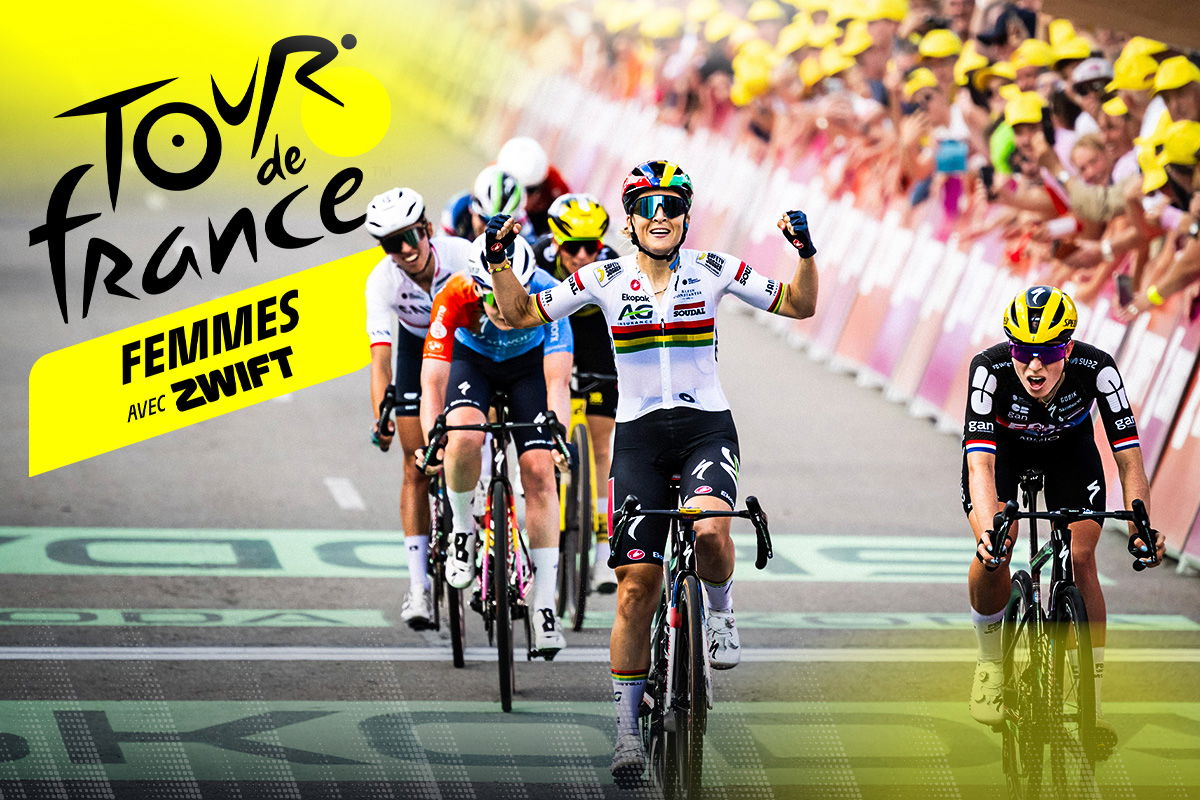
Imago
Credits: IMAGO

Imago
Credits: IMAGO
For decades, men ran the show in sports. They controlled federations, made the rules, and decided what counted. Women? Often sidelined. Even when they demanded space, they were ignored. Gone are the days when cycling was dismissed as a “fertility threat” for women. Now, in 2025, the Tour de France Femmes avec Zwift took place from 26 July to 3 August, and it just felt like a golden era.
Watch What’s Trending Now!
But to understand how we got here, we need to rewind and remember the fight.
1955: First women’s Tour de France-style stage race
Winner: Millie Robinson2022: Revival of the modern Tour de France Femmes
Winner: Annemiek van Vleuten
ADVERTISEMENT
Between 1955 and 2022? It wasn’t easy peasy. Petitions were shut down. Races were canceled. And women kept fighting. Let’s rewind and see how it all began.
The long ride to recognition for the Tour de France Femmes 2025
✅The first women’s Tour de France-style race happened in 1955, led by journalist Jean Leulliot. It was a one-off and disappeared without media support.
ADVERTISEMENT
✅In 1984, the Tour de France Féminin launched alongside the men’s race but ended in 1989 due to poor funding.
✅From 1990-2009, fragmented races like the Tour of the EEC Women and Grande Boucle Féminine Internationale tried to fill the gap but struggled with resources and visibility.
ADVERTISEMENT
✅In 2013, a petition led by Kathryn Bertine, Marianne Vos, Emma Pooley, and Chrissie Wellington gained over 97,000 signatures, demanding a proper women’s Tour.
✅ASO responded with La Course in 2014, a one-day race on the Champs-Élysées, a symbolic but limited gesture.
✅Finally, in 2022, ASO launched the Tour de France Femmes avec Zwift.
ADVERTISEMENT
Here we are: 2025. “It feels like we’re entering a golden era for women’s cycling.” That’s what Zwift called it. And they weren’t wrong.
The Tour de France Femmes avec Zwift 2025, held in Brittany, France, was fiercer, longer, and tougher than ever before: 9 stages, 1,168.6 km, and 17,240 meters of climbing.
Highlights?
ADVERTISEMENT
Stage 1: Vannes → Plumelec
Stage 8: Chambery to Col de la Madeleine
Stage 9: Thonon-les-Bains → Chatel
- And when the dust settled? Pauline Ferrand-Prevot stood on top. 3 minutes and 42 seconds clear. She made history as the first French woman to win it since 1989 (Jeannie Longo). Before the Tour, she won Olympic gold in mountain biking (2024) and also captured Paris–Roubaix Femmes in April 2025, making her the first woman ever to win both in a single season..
But the story didn’t stop on the road. This was the most-watched edition yet:
Broadcast in 190 countries
80+ million viewing hours across Europe (2024)
2.7 million average viewers per stage in France — up 500K from 2024
25.7 million unique French viewers across the nine stages – 7.4 million more than last year
Stage 8 alone: 4.4 million average viewers, peaking at 7.7 million with a massive 41.2% audience share
All trending upward. Fast. But this boom didn’t start in 2025.
A tour that raised the bar
The momentum had already kicked in back in 2024.
Engagement soared. So did fan demand. But not everything kept up.
Despite record demand, global coverage still fell short.
Tour de France Femmes soars, but many still can’t watch
In the UK, fans hit paywalls on TNT Sports (Discovery+), making live-stage access difficult.
In the US, most coverage was hidden behind Peacock, FloBikes, or HBO Max, with many viewers complaining about endless ads, bad commentary, and glitchy streams.
Zwift’s fan survey said it all: 36% of U.S. fans, 18% of U.K. fans…wanted to watch, but couldn’t. It simply wasn’t available where they were. But the race wasn’t accessible even as global interest peaked. And it wasn’t just a viewing problem.
Top Stories
Browns Take Away Kevin Stefanski’s Authority as Coach Announces Shedeur Sanders Decision – Insider

James Franklin Waits for $72.7M Coach to Be Fired as Virginia Tech No Longer a Priority

Brandel Chamblee Calls Out Special Treatment of Jordan Spieth & Rickie Fowler During PGA Tour Events

Charlie Woods Matches 34-Year-Old Tiger Woods Record Despite Turbulent Year

Amanda Balionis Makes Personal Admission as Her Golf Initiative Nears 5-Year Milestone

LIV Golf Signs a Deal With PGA Tour’s 20-Year-Long Partner in Another Shocking Move

While marquee races thrived, smaller WorldTour events suffered.
- Tour of Scandinavia — Cancelled (no sponsors).
- Thuringen Ladies Tour — Cancelled (€200K in funding cut).
- Bretagne Ladies Tour — Cancelled (short €37K).
Growth is real. But access and equity still lag behind.
Since the UCI introduced minimum salaries in 2020, women’s pro cycling has seen steady gains:
€15,000 → €31,768 for employed riders by 2025
€62,320 minimum for self-employed pros
€40,000 average salary (Zwift, 2025)
15% now earn over €100K
Top stars? Earning up to €300K–€500K annually. Even neo-pros are landing six-figure deals.
Team budgets have nearly doubled from €2.35M (2022) to €4.67M (2025). And with the UCI’s new ProTeam tier, a broader pro base is finally taking shape. But who’s investing?
Zwift: Title sponsor since 2022
Nike: Rider + team sponsorships.
NTT Data: Official tech partner, powering race data + broadcasts.
It’s not parity yet, but it’s real, visible progress.
The Tour de France Femmes showed us what we’ve known all along: when people can actually watch women’s cycling, it delivers. The energy, the talent, the fans, it’s all there. Now the real question is: will the coverage, pay, and support stick around all year, not just for one big race? It should.
ADVERTISEMENT
ADVERTISEMENT
ADVERTISEMENT

